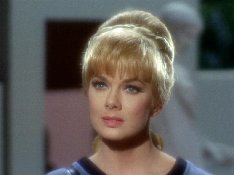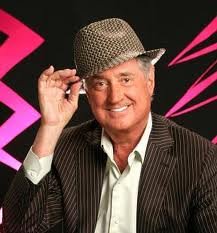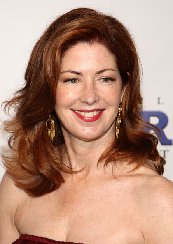
While nine innings has been the standard since the beginning of professional baseball, the duration of the average major league game has increased steadily through the years. At the turn of the 20th century, games typically took an hour and a half to play. In the 1920s, they averaged just less than two hours, which eventually ballooned to 2:38 in 1960. By 1997, the average American League game lasted 2:57 (National League games were about 10 minutes shorter—pitchers at the plate making for quicker outs than designated hitters). In 2004, Major League Baseball declared that its goal was an average game of 2:45. By 2014, though, the average MLB game took over three hours to complete. The lengthening of games is attributed to longer breaks between half-innings for television commercials, increased offense, more pitching changes, and a slower pace of play with pitchers taking more time between each delivery, and batters stepping out of the box more frequently. Other leagues have experienced similar issues. In 2008, Nippon Professional Baseball took steps aimed at shortening games by 12 minutes from the preceding decade's average of 3:18.
In 2016, the average nine-inning playoff game in Major League baseball was 3 hours and 35 minutes. This was up 10 minutes from 2015 and 21 minutes from 2014.
Enjoy a fulfilling egg breakfast, cooked right in your coffee cup -- thanks to this easy, microwave-ready recipe for Ham, Mushroom and Swiss Coffee Cup Scramble.
- 1 egg
- 1 tablespoon water
- 1/4 cup chopped mushrooms
- 1 thin slice (1 ounce) deli ham, chopped
- Shredded Swiss cheese
- Coat a 12-ounce microwave-safe coffee mug with cooking spray. Add egg, water, mushrooms and ham; beat until blended. Microwave on high 30 seconds; stir. Microwave until egg is almost set, 30 to 45 seconds longer (see Note).
- Season with salt and pepper, if desired. Top with cheese.
****Microwave ovens vary. Cooking times may need to be adjusted.
Daylight Saving Time begins on the second Sunday in March in the USA. The practice gives people an extra hour of sunlight in the evening by setting the clock ahead one hour on a predetermined date each year.
The practice of Daylight Saving Time (DST) advances clocks during the summer months. It causes us to lose an hour for one day. However, the practice allows people to get up earlier in the morning and experience more daylight in the evening. Typically, users of DST adjust clocks forward one hour near the start of spring. Then, they change them back again in the autumn.
The system has received both advocacy and criticism. Setting clocks forward benefits retail business, sports, and other activities by exploiting sunlight after working hours. However, the practice causes problems for evening entertainment and other activities tied to the sun or darkness. For example, farming and fireworks shows are both affected.
Although some early proponents of DST aimed to reduce the evening use of incandescent lighting, usage patterns differ greatly. Additionally, research about how DST currently affects energy use is limited or contradictory.
Problems sometimes caused by DST clock shifts include:
- Complicating timekeeping.
- Disrupting meetings, travel, billing, record keeping, medical devices, heavy equipment
- Impacting sleep patterns
Software often adjusts computer clocks automatically, but this can be limited and error-prone. In addition, programming is particularly problematic when various jurisdictions change the dates and timings of DST changes.
HOW TO OBSERVE
- Besides adjusting our clocks, it’s important to adjust our sleep schedules, too. Many of us go into the time change sleep deprived. Don’t do this during Daylight Saving weekend.
- Start preparing your body and anyone in your household for an earlier bedtime.
- That includes pets. Their potty and feeding schedules will need to be adjusted, too. Start a few days before if at all possible.
- In the end, you and your entire household will be able to benefit from the additional sunlight in the evenings by enjoying outdoor activities without feeling the drag of lack of sleep.
- Another way to celebrate the day might include writing your representatives in Congress. According to the National Congress of State Legislatures, nearly every state has tackled the issue of daylight saving time and whether to end it or not. Even at a federal level, the issue has been brought to the table a time or two.
- Of course, most importantly, be sure to turn your clocks ahead.
-
DAYLIGHT SAVING TIME HISTORY
-
George Vernon Hudson from New Zealand proposed the modern version of daylight saving in 1895. Germany and Austria-Hungary were the first countries to use it starting on 30 April 1916.
The energy crisis in the 1970s accelerated the growth of Daylight Saving Time. It has been argued that more natural light in the evening hours uses less electricity due to less artificial lighting requirements. As a result, many retail shops and tourist attractions also enjoy more business.










